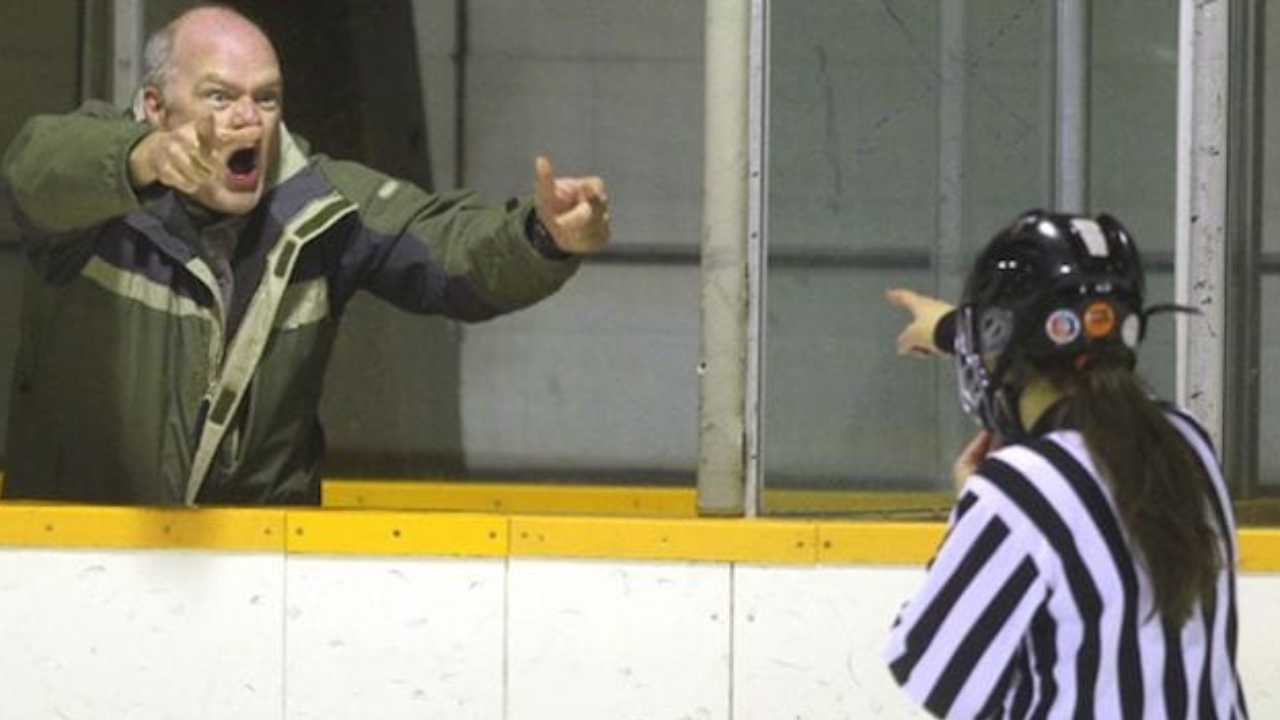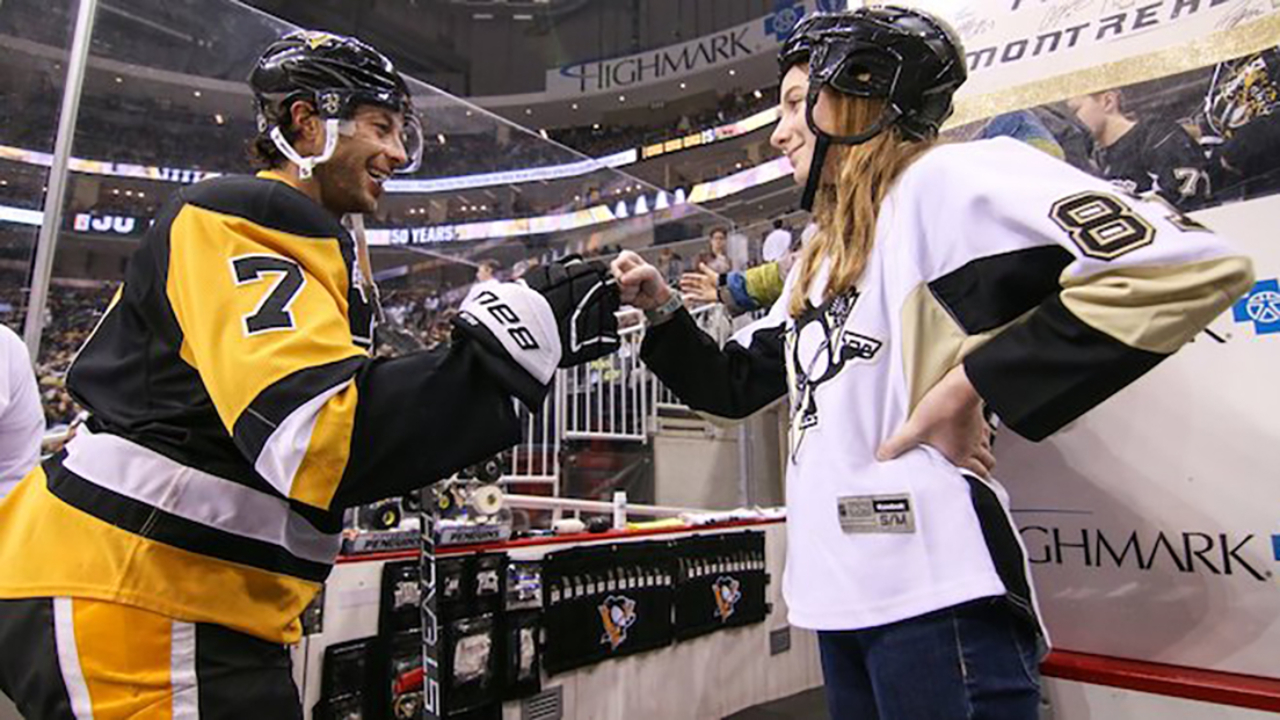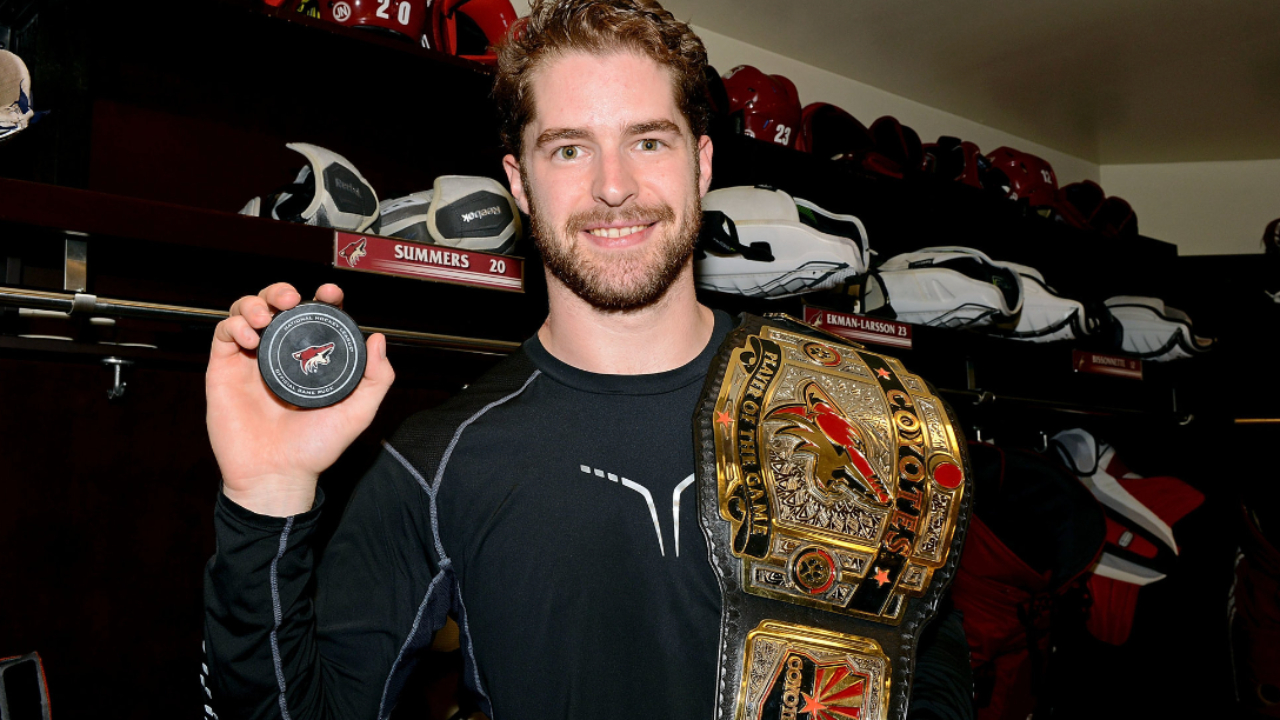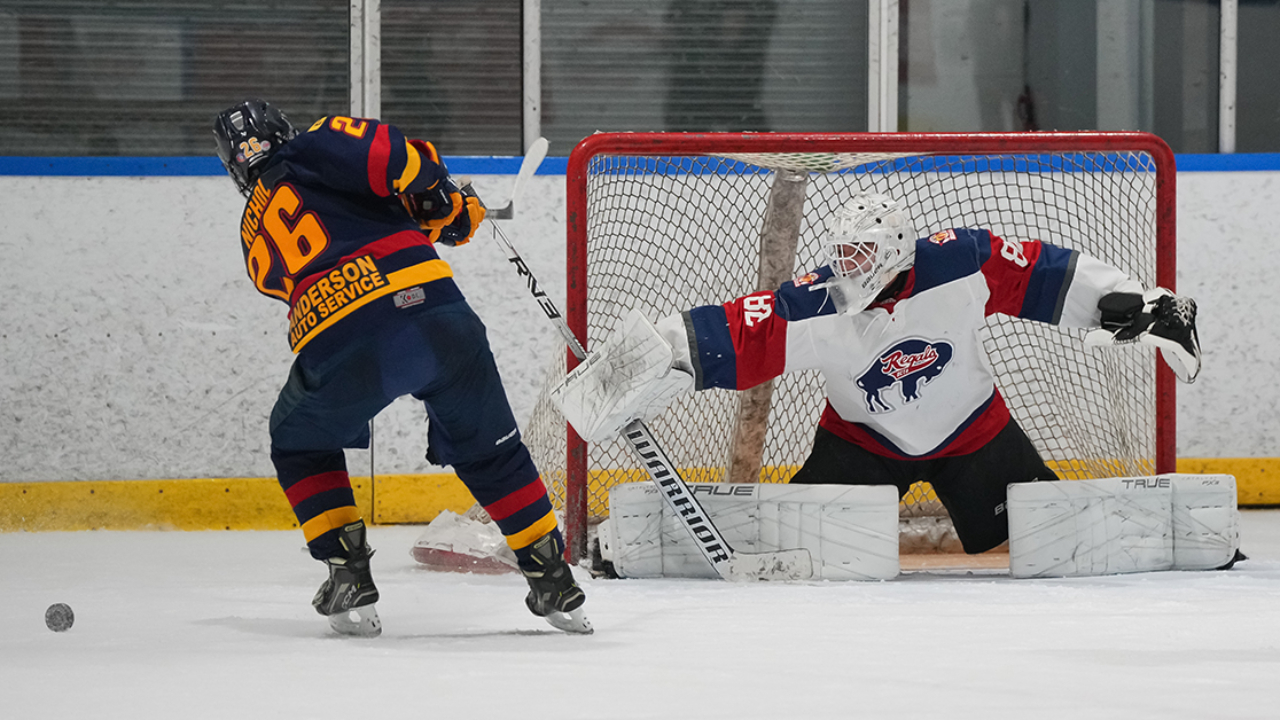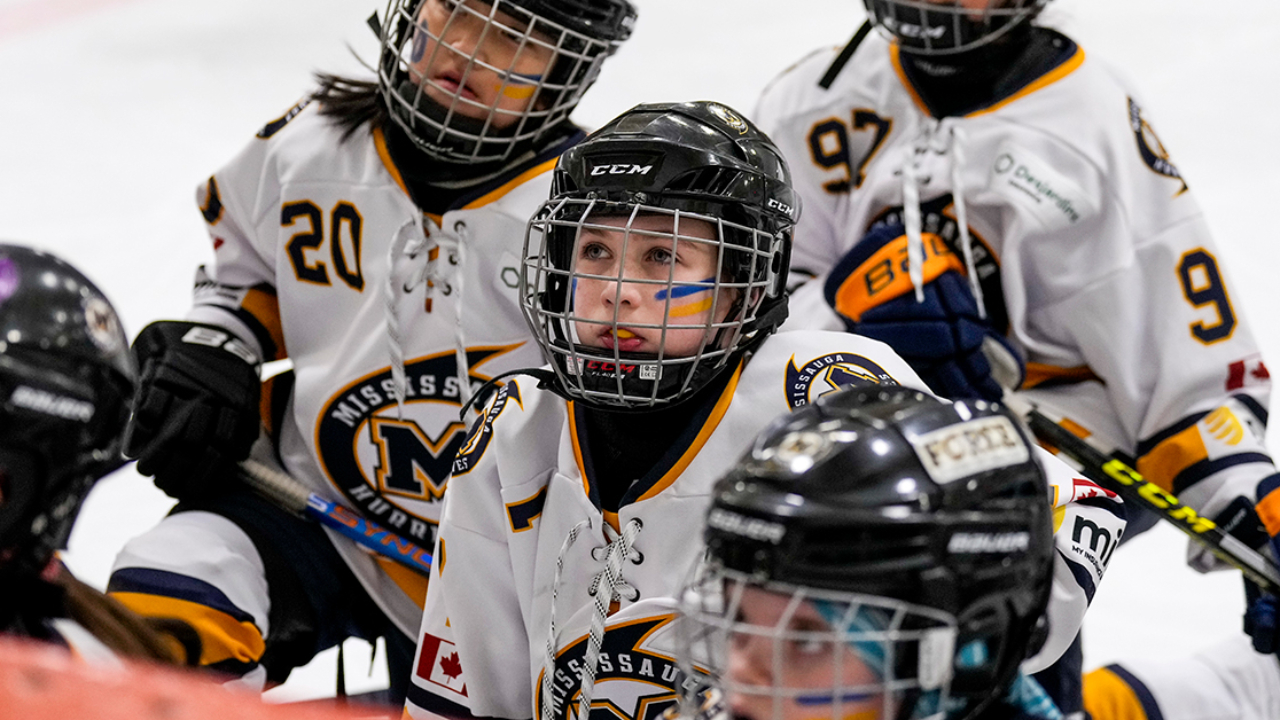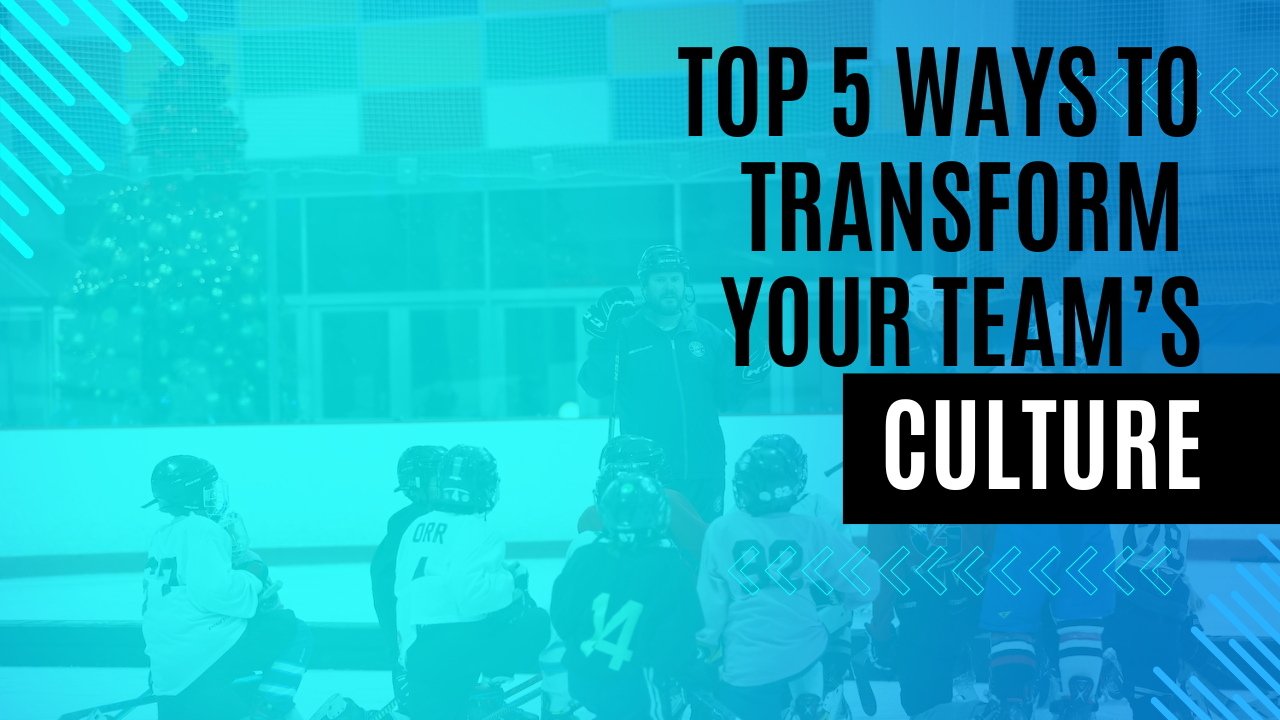
"How do you know when Spring has arrived?" goes the question, met with a wry response: "The Leafs are out." This joke embodies the fervor of the Stanley Cup Playoffs, where allegiances run deep and emotions ride high.
For my family and I, supporting the Toronto Maple Leafs in the playoffs is a tradition intertwined with emotional highs and lows. So, it broke our hearts, along with the rest of the Leafs Nation, when William Nylander's recent "Stop f**king crying bro...this isn't f**king junior hockey" comments signaled the implosion of a team we care for so deeply. It not only underscored the weight of negativity within teams, but also put a spotlight on a broader issue of toxicity permeating locker rooms and team benches.
In my own journey, I have grappled with negativity and have witnessed firsthand the toll negativity can take on any team - sports or business. All this to say, with over 20 years of leadership experience, I recognize the importance of addressing negative influences head-on. It can not be put on hold or swept under the rug. It requires intention and swiftness centered around three key strategies.
But first, I need to categorize the types of negativities we encounter: Naysayers and Toxics.
- Naysayers: These players resist change, reject new ideas, and often have a fixed mindset. For example, they may dismiss innovative strategies without considering their potential benefits. They can be good for a team, but they can also hold back innovation and hinder growth.
- Toxics: Toxics prioritize personal gain over the team, engage in team politics, and exhibit manipulative behavior. For instance, they may undermine teammates or take credit for others' accomplishments. They are not good for your team or your hockey program.
What Needs to be Done?
Negative players (Naysayers or Toxic) can be a drain on a hockey team, harming team morale and hindering performance. As a hockey coach, it is important to learn how to manage and neutralize negative behavior to keep your team motivated and on track. Since negative players are the reality of any team, you need to first determine if the individual is a Naysayer or a Toxic and then act accordingly. The path is simple:
If they are a Toxic, get rid of them and help them find a new team. Plain and simple. Cut your losses and move on.
If faced with Naysayers, there is still possibility for change. Consider these three approaches to neutralize their negativity:
1. Document and Evaluate Objections
Encourage Naysayers to write down their objections. This process promotes reflection and shifts their perspective away from automatic negativity and devaluation which fosters a more thoughtful approach to discussions based on evidence and data.
Practical Application: Write It Down
Ask your Naysayers to write down their objections when they are tempted to shelve new ideas or reject positive change. Their objections need to contain evidence supporting their position and must include solutions rather than just a statement of the objection or problem.
2. Disrupt the Status Quo
In his book, "Teaching the Elephant to Dance: The Manager's Guide to Empowering Change," James Belasco shares a powerful analogy about the conditioning of young elephants. Trainers would shackle them with heavy chains connected to a stake to keep them in place. As the elephants grew older, they never attempted to leave, despite having the strength to do so. The chains had conditioned them to stay still, even though they were capable of breaking free.
Naysayers, like conditioned elephants, may be stuck in a pattern of resistance. Challenge this inertia through coaching interventions or impactful events that shake up their perspective which fosters a willingness to embrace change.
Practical Application: Break the Pattern
Naysayers have been programmed to be still and comfortable with their negative perspective. This type of stillness is a limiting belief, so you need to be intentional about breaking the pattern. You can do this by facilitating a discussion which encourages the Naysayer to identify and challenge their limiting belief or pattern of resistance.
3. Foster a Growth Mindset
Several years ago I had the honor of reading Carol Dweck's book, "Mindset: The New Psychology of Success," where she introduces the concept of fixed versus growth mindsets and explores their profound impact on achievement and personal development. She highlights how the main difference between a fixed mindset and a growth mindset is that those who have a growth mindset believe learning and growing can always be achieved. With dedication, effort, learning, and perseverance anything can be achieved. Conversely, someone with a fixed mindset has placed an imaginary ceiling on themselves. They believe that their abilities, intelligence, and talents are static and unchangeable.
All this to say, Naysayers must be encouraged to adopt a growth mindset by reframing challenges as opportunities for personal and team development. This can be accomplished by introducing empowering language to cultivate optimism and openness to change.
Practical Application: Expand Their Thinking
Teach your Naysayers to expand their way of thinking by tackling challenges as opportunities or start introducing words like "yet" to their vocabulary. For instance, instead of allowing Naysayers to embrace a negative outlook like "We haven't won a game against that team" have them change their perspective to something so simple as "We haven't won a game against that team...yet."
Final Thoughts
Negative players can disrupt team dynamics and hinder performance, but with proactive strategies, coaches and players can neutralize their impact. By addressing toxic behavior decisively and implementing targeted approaches for naysayers, teams can cultivate a positive and cohesive environment conducive to success on and off ice.

